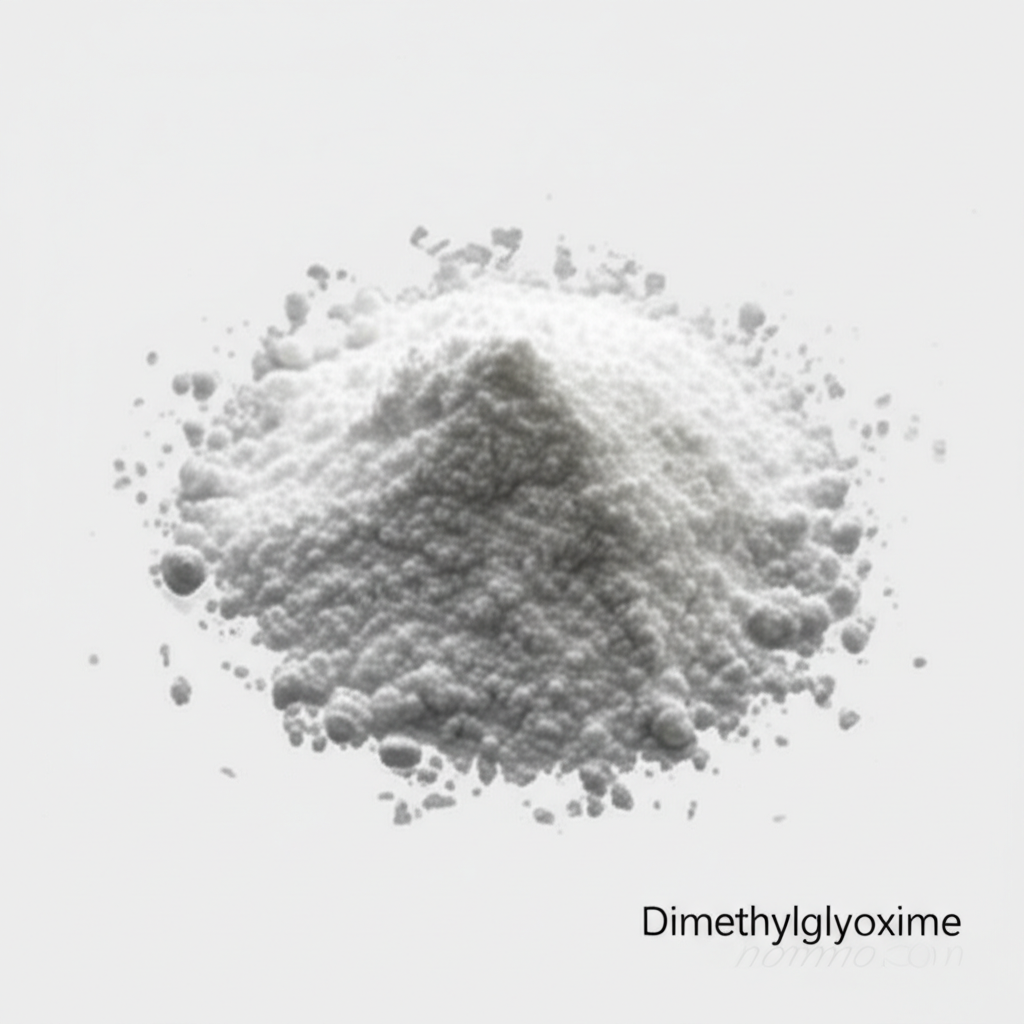Dimethylglyoxime (95-45-4): A Comprehensive Guide to Its Properties, Applications, and Chemical Significance
Explore the essential roles of Dimethylglyoxime in analytical chemistry, metal detection, and organic synthesis.
Get a Quote & SampleProduct Core Value

Dimethylglyoxime
Dimethylglyoxime (DMG) is a critical organic compound, widely utilized as a highly selective chelating agent. Its ability to form characteristic precipitates with metal ions makes it indispensable in various analytical chemistry applications, particularly for the detection and quantification of nickel and palladium. This compound plays a significant role in industries requiring precise metal analysis and in the refinement of precious metals.
- Discover the key uses of dimethylglyoxime in analytical chemistry, enabling precise identification of metal ions like nickel and palladium through distinct colorimetric reactions.
- Understand the dimethylglyoxime chemical properties, including its solubility, melting point, and reactivity, which are fundamental to its analytical applications.
- Explore the importance of dimethylglyoxime CAS 95-45-4 in various industrial and research settings where accurate metal ion detection is crucial.
- Learn about Dimethylglyoxime as a vital dimethylglyoxime chelating agent, forming stable complexes with metal ions and facilitating their separation and analysis.
Key Advantages Offered
Precision in Metal Analysis
Leverage the high selectivity of Dimethylglyoxime for accurate nickel detection and quantification, crucial for quality control in manufacturing and environmental monitoring.
Versatile Chemical Reagent
Utilize Dimethylglyoxime as a versatile reagent in organic synthesis, contributing to the development of new compounds and facilitating complex chemical reactions.
Role in Precious Metal Refining
Benefit from Dimethylglyoxime's application in the refining of precious metals, aiding in the efficient separation and purification processes.
Key Applications
Analytical Chemistry
Dimethylglyoxime is a cornerstone reagent for detecting and quantifying metal ions, notably nickel and palladium, due to its specific complexation reactions.
Coordination Chemistry
As a bidentate ligand, it forms stable chelates, making it valuable for studying coordination complexes and their catalytic properties.
Industrial Processes
It is used in the refinement of precious metals and in various quality control measures across different manufacturing sectors.
Research and Development
Dimethylglyoxime serves as a key compound in chemical research, aiding in the synthesis of new materials and the exploration of chemical reactions.
